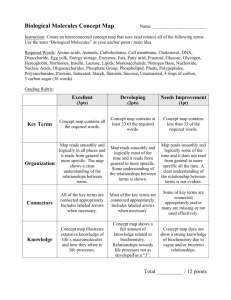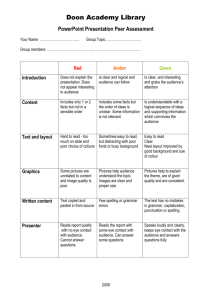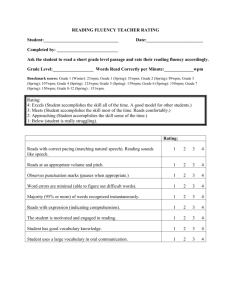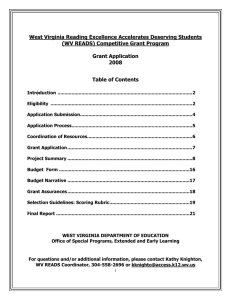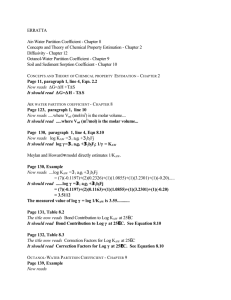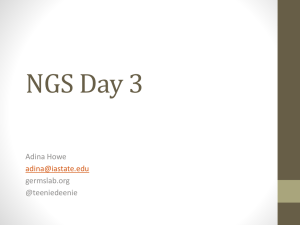Chapter 2: Physical Development - Academic Resources at Missouri
advertisement
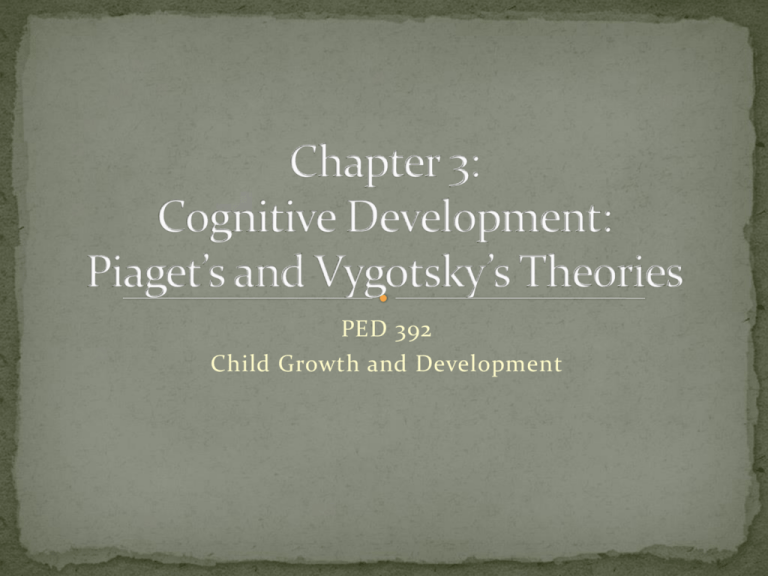
PED 392 Child Growth and Development Published at 10 years old Ph.D. at 21 in Natural Sciences Published amazing amounts 40 books 200 articles Piaget’s Theory on cognitive development Sensorimotor Birth to 1 ½ to 2 years Old Preoperational 2 Years Old to 5-7 Years Old Concrete Operational 5-7 Years Old to 11-12 Years Old Formal Operational 11-12 Years Old and up Use of Reflexes - Birth -1 Mo Born with reflexes Primary Circular reactions – 1-3 Mo Associates Movement with reflexes Secondary Circular reactions – 3-9 Mo Tries to recreate reflexes Application of the secondary schemata – 8-12 Mo Produce at will Tertiary Circular reactions – 12-18 Mo Curious of the world Invention of new means through mental combinations – 12-24 Mo Understanding of things and how to use them Begins to think about objects and their absence Symbols represent objects Words, images, etc Fantasy Humanizes objects Begins to use logic to think Think abstractly and makes rational judgments Asks questions Uses classifications Hypothetical thought and reasoning Begin to form their own logic Difference between “real” and “possible” Only things they “know” exist, and now, things they do not know “might” exist Metacognition – Thinking about thinking Egocentrism – “perceive, understand and interpret the world in terms of the self” Seriation – Ability to order objects in a logical progression (ie, shortest to tallest) He studied his own children He underestimated children Tasks were quite complex Children lack the ability to explain, but can still do, the activities He did not describe his studies in depth Three important aspects of learning Exploration Social interactions Play Children need to be “mentally ready” to learn Must engage socially. Relationships between individuals and society Wrote more than 100 books and articles in 10 years. Thought and Language was not published until after his death. Work was banned by Soviet Union until 1956. Knowledge is co-constructed, as an interaction between people. Interactions with more knowledgeable people increase knowledge. Social interactions help develop knowledge Internalization – constructing an internal representation of external actions or operations. Not have to think about activity, just do “raise your right hand.” Zone of Proximal Development Difference between the actual level of development and the potential level of development in the child. Most important tool in cognitive development 3 types of speech Social – communication Egocentric – regulate behavior and thinking Talking outloud to yourself Inner – internalizing egocentric speech Talk to self in own head Does not emphasize physical maturation Distinctions are made, but not defined How does the child move from A to B Assisted reader to independent reader Others are needed for guidance of children's development Adults provide support to a child who is learning to master a task or problem Steps to accomplishing the goal (must be an active participant in a meaningful way) Adult reads to child Adult reads and points out words, objects Adult reads, child point out words, objects Child reads some, adult reads some Child reads most, adult reads little Child reads alone


